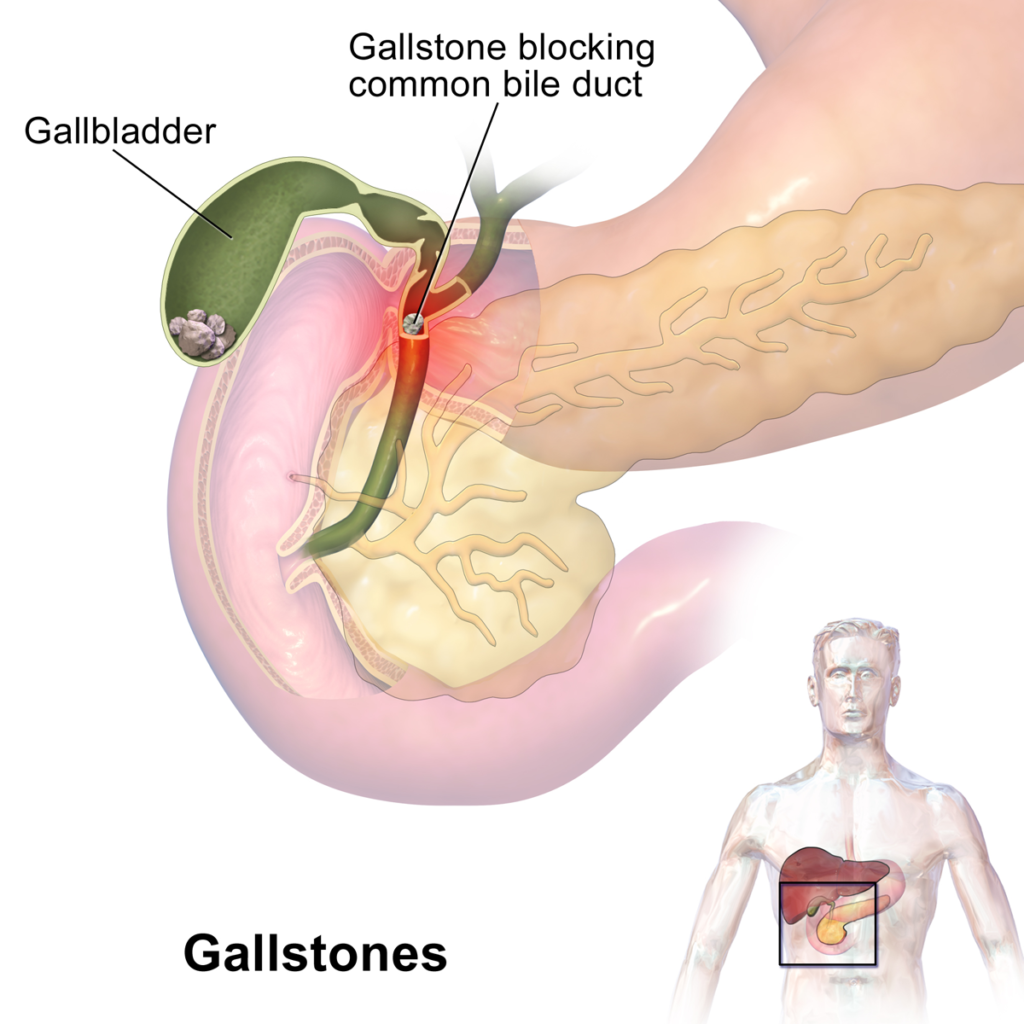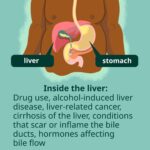Biliary calculus, commonly known as gallstones, refers to the formation of hardened deposits within the gallbladder or bile ducts. These stones can vary in size and composition, ranging from tiny sand-like grains to large, calcified stones. The formation of biliary calculus is a prevalent issue that can lead to significant health complications if left untreated. This article aims to provide a comprehensive overview of biliary calculus, exploring its causes, symptoms, diagnostic methods, treatment options, and prevention strategies.

What is Biliary Calculus?
Biliary calculus refers to the formation of stones within the bile system, particularly in the gallbladder, which stores bile produced by the liver. The bile aids in digestion by breaking down fats. When the substances that constitute bile—such as cholesterol, bilirubin, or bile salts—become imbalanced, they may crystallize and form stones. These stones may remain asymptomatic or cause significant discomfort when they obstruct the flow of bile.
Types of Biliary Calculus
The two primary types of biliary calculus are:
- Cholesterol Gallstones:
These are the most common type of gallstones, composed primarily of hardened cholesterol. They often form when there is an excess of cholesterol in the bile, overwhelming the ability of bile salts to dissolve it. High cholesterol levels in the blood, obesity, and other factors may increase the likelihood of developing cholesterol gallstones. - Pigment Gallstones:
These stones are made from excess bilirubin, a substance produced when red blood cells break down. Pigment gallstones are typically darker in color and can occur when there is excessive production of bilirubin, often due to liver disease, infections, or hemolytic anemia. They are less common than cholesterol gallstones but are still significant.
Causes of Biliary Calculus
The formation of biliary calculus can be attributed to several factors, each contributing to the imbalance of substances in the bile. Common causes include:
- Obesity: Excess body weight increases the cholesterol content in the bile, leading to an increased risk of gallstone formation.
- Dietary Factors: A diet high in fats and cholesterol but low in fiber can promote the formation of gallstones.
- Pregnancy: The hormonal changes during pregnancy can increase the levels of cholesterol in the bile, increasing the risk of biliary calculus.
- Genetics: Family history plays a role, with a higher risk for those with a genetic predisposition to gallstones.
- Liver Disease: Conditions such as cirrhosis or hepatitis may lead to an imbalance in bile composition, increasing the risk of pigment gallstones.
- Age and Gender: Gallstones are more prevalent in individuals over the age of 40 and are more common in women, especially those who have had multiple pregnancies.
Symptoms of Biliary Calculus
While many individuals with biliary calculus remain asymptomatic, others may experience severe pain and discomfort. The most common symptoms include:
- Biliary Colic (Gallbladder Attack): This is the hallmark symptom, characterized by sudden, intense pain in the upper right abdomen or middle of the abdomen, often after meals. The pain may radiate to the back or shoulder.
- Nausea and Vomiting: These symptoms frequently accompany a gallbladder attack.
- Indigestion or Bloating: Some individuals experience discomfort after consuming fatty foods.
- Jaundice: When a gallstone blocks the bile duct, it can lead to a backup of bilirubin, causing a yellowish tint in the skin and eyes.
- Fever and Chills: These may indicate a complication like gallbladder infection (cholecystitis).
It is essential to seek medical attention if these symptoms occur, as untreated gallstones can lead to severe complications, including infections or pancreatitis.
Diagnosis of Biliary Calculus
The diagnosis of biliary calculus typically involves a combination of medical history, physical examination, and diagnostic imaging. Common diagnostic methods include:
- Ultrasound: The most common and non-invasive method for detecting gallstones. Ultrasound imaging can identify stones in the gallbladder and bile ducts.
- CT Scan: In certain cases, a CT scan may be used to detect stones, especially if there is suspicion of complications such as infection or pancreatitis.
- MRI (Magnetic Resonance Imaging): Magnetic resonance cholangiopancreatography (MRCP) can provide detailed images of the bile ducts and gallbladder, helping to identify stones or blockages.
- Endoscopic Retrograde Cholangiopancreatography (ERCP): This technique is both diagnostic and therapeutic. It is used to detect and remove gallstones from the bile ducts.
Treatment Options for Biliary Calculus
Treatment for biliary calculus depends on the severity of symptoms, the size and location of the stones, and the overall health of the patient. Several options are available:
1. Non-Surgical Treatments
- Medications: For individuals who cannot undergo surgery or have small cholesterol gallstones, medications like ursodeoxycholic acid may be prescribed to dissolve the stones. However, this method is less effective for large stones.
- Lithotripsy: This technique uses shock waves to break up gallstones into smaller pieces, making them easier to pass. It is not widely used for biliary calculus but can be considered in some cases.
2. Surgical Treatments
- Cholecystectomy (Gallbladder Removal): The most common and definitive treatment for symptomatic gallstones. The procedure can be performed laparoscopically, resulting in a quicker recovery time. In this surgery, the gallbladder is removed, preventing future stone formation.
- Endoscopic Stone Removal: In cases where gallstones are lodged in the bile ducts, an endoscopic procedure can be used to remove them.
3. Emergency Treatment
- Drainage of the Bile Ducts: If a gallstone causes a blockage leading to infection or pancreatitis, emergency procedures may be required to drain the bile ducts and relieve pressure.
Preventing Biliary Calculus
While it may not be possible to prevent all cases of biliary calculus, certain lifestyle modifications can help reduce the risk:
- Maintain a Healthy Weight: Avoid obesity by consuming a balanced diet and engaging in regular physical activity.
- Eat a Low-Fat, High-Fiber Diet: A diet rich in fruits, vegetables, and whole grains can help maintain a healthy bile composition.
- Limit Cholesterol Intake: Reducing intake of high-cholesterol foods may lower the risk of cholesterol gallstones.
- Stay Hydrated: Drinking plenty of water helps maintain a healthy balance of bile salts in the gallbladder.
Biliary calculus is a prevalent condition that can cause significant health issues if left untreated. Understanding its causes, symptoms, and treatment options is essential for managing the condition effectively. While surgery remains the most common treatment, there are non-surgical options available for those who meet specific criteria. Prevention through lifestyle modifications plays a key role in reducing the risk of developing biliary calculus, ensuring optimal health and well-being.

